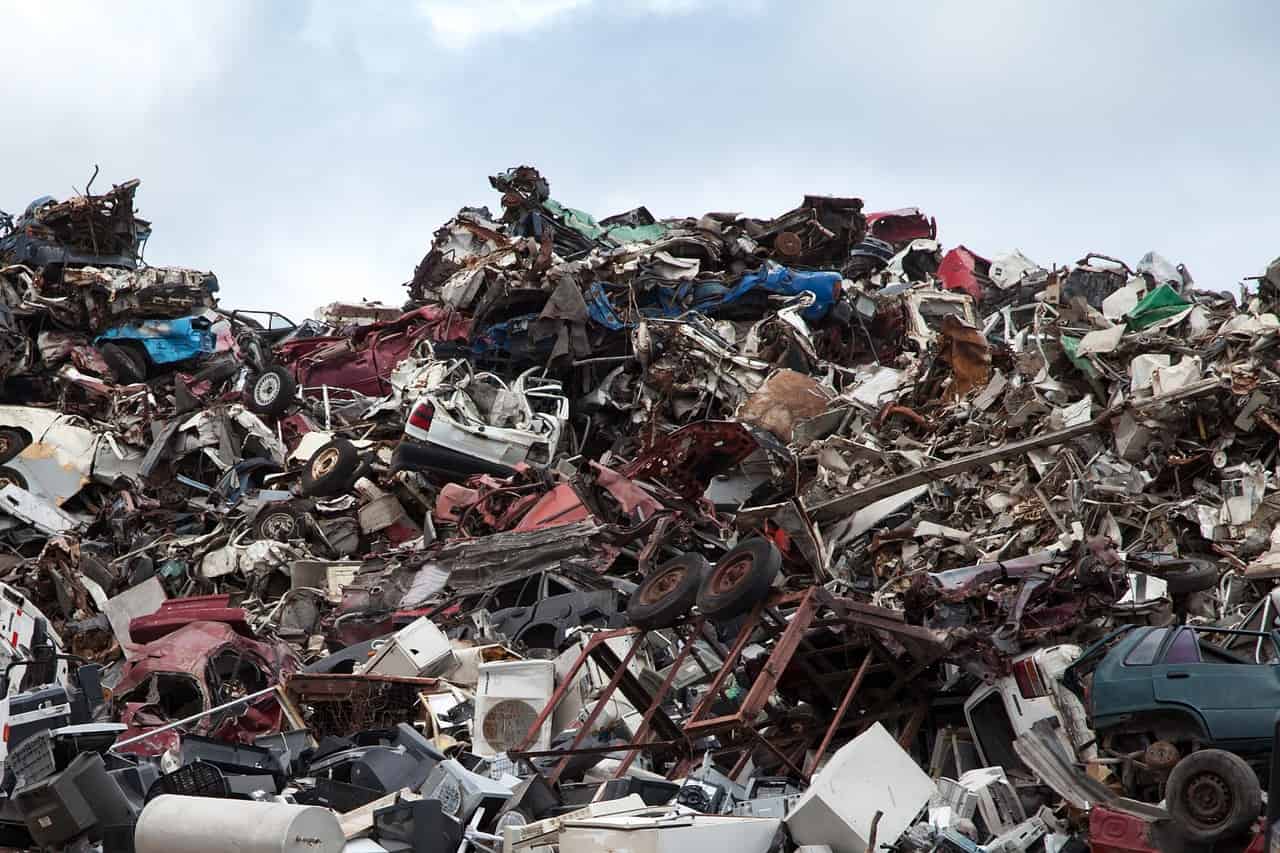
Biotechnologists at the Dutch Delft University of Technology (TU Delft) have built an artificial chromosome in a yeast cell. This artificial chromosome will enable yeast cells to transform into living factories that will soon be able to make useful chemicals and even medicine in a sustainable way.
Biotechnologists all over the world are working on reconstructing yeast cells and other microorganisms so that they are capable of producing useful substances. They have to modify the existing genetic material of the cells to do this by e.g. inserting several genes into the yeast genome. Yeast is then able to start producing useful substances this way.
There is a catch to this approach though, as TU Delft stated in a press release about these yeast factories. Biochemists have to make each of these modifications step by step. These numerous steps lead to a risk of mutations occurring which can disrupt the way the yeast functions. For example, its growth rate can slow down.
Lego bricks
That problem is not encountered when an artificial chromosome is used. This technique involves genes being added. Except scientists are not tinkering with the cell’s existing functions when they do that.
“We see our synthetic chromosome as a platform,” says Ph.D. researcher Eline Postma. “It’s a new way of safely and modularly adding functions to baker’s yeast—a bit like putting LEGO bricks together.”
The scientists inserted several tiny pieces of genetic material into the cell. Whereby one end of a strand was exactly identical to that of the next strand. Yeast cells recognize those identical ends and then snap them together to “fix” them. This is how the cell itself builds one large chromosome from dozens of individual fragments.
Kopiëren
The challenge for the scientists was ensuring that the cell would accept the new chromosome as if it was natural. They added extra DNA to achieve this. As a result, during cell division one copy ended up in the mother cell and another in the daughter cell, just like what happens with a natural chromosome. Group leader Pascale Daran-Lapujade: “Fortunately, we know which elements the cell needs for this.”
The researchers tested the workings of the synthetic chromosome by having the modified yeast cell convert sugar into alcohol and carbon dioxide. This is the basic task of yeast. The natural chromosomes were turned off in the process. The process was successful although the scientists did notice that the speed at which the yeast cells divided was lower than normal. Why that happens is something the scientists still want to find out.
Adding properties
By adding all sorts of properties to these artificial chromosomes, plain baker’s yeast can be transformed into a kind of mini-factory that has the ability to produce all manner of substances. For example, the researchers added properties of a medicinal plant to yeast cells. The modified yeast cell then actually produced the active ingredient. Although it must be said that the quantity was still very small.
Nevertheless, the Delft researchers are convinced that this opens the door to a sustainable way of producing medicine. “In theory, we can sustainably produce many of the substances we currently make chemically by using yeast,” researcher Daran-Lapujade states.







